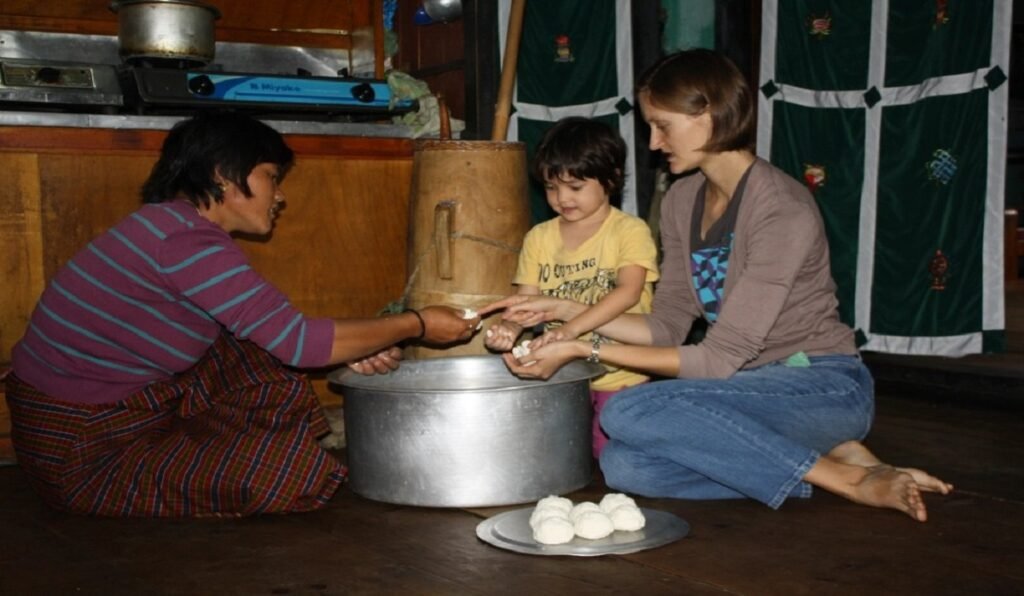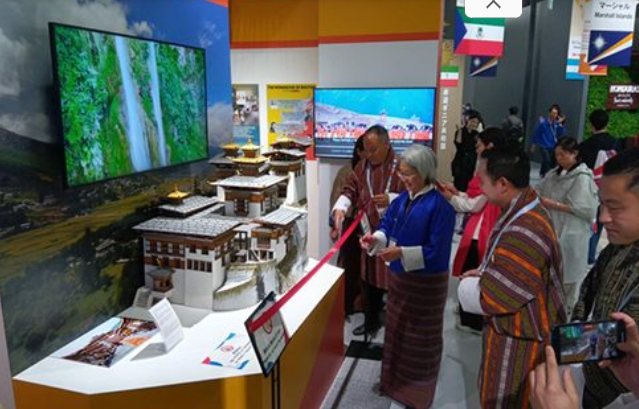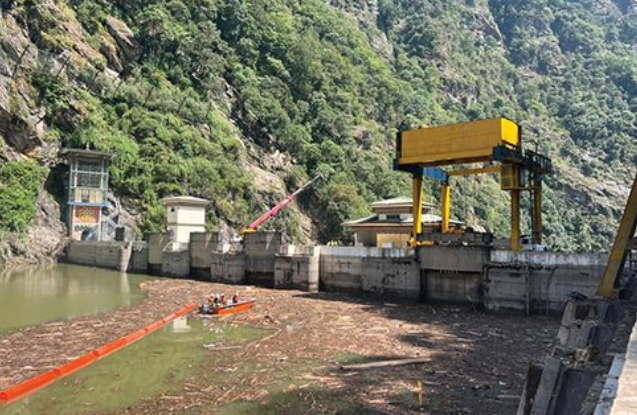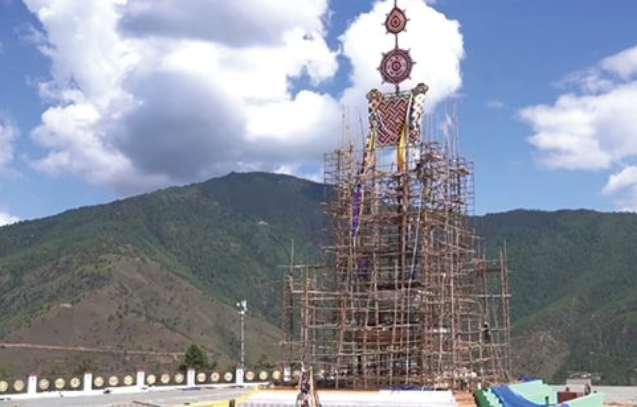
Bhutan’s housing market is evenly split between homeowners and renters, with 53.2% owning and 46.8% renting. Rural areas have strong home ownership, while urban areas have a higher percentage of renters, largely due to high property costs and limited availability. A survey reveals that 60% of Bhutanese households live in traditional houses, exceeding UN-Habitat’s recommendation of 30%. Apartments house 34% of the population, followed by shared apartments at 5%. In rural areas, houses account for 82%, while in urban areas, apartments dominate, housing 669.9% of households.
This highlights the ownership disparity. With 84.3% of the population owning a home, Lhuentse is the largest, followed by Dagana and Samdrupjongkhar (82%). On the other hand. At 36.1 percent, Thimphu has the lowest ownership rate, followed by Paro at 38.4 percent. With a household ownership rate of 25.4%, Gelephu has the highest among thromdes, while Phuentsholing has the lowest at just 8.7%.



